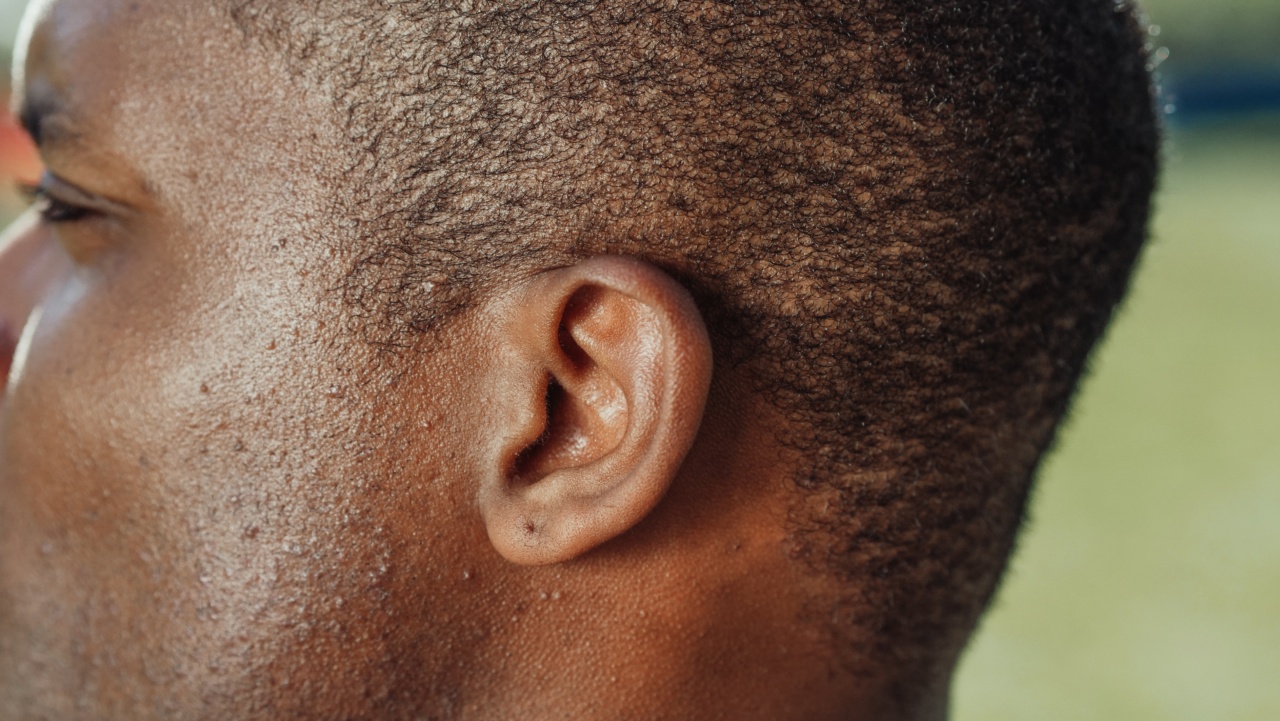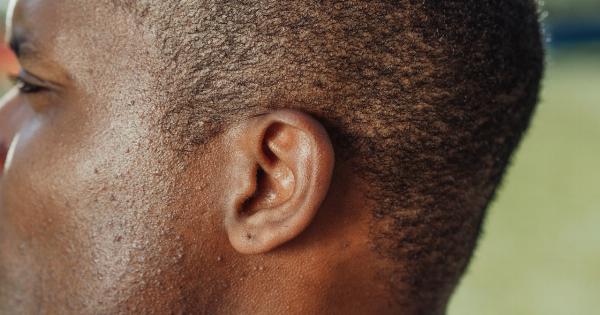Ear injuries and hearing impairments can have a significant impact on an individual’s quality of life.
The delicate structure of the ear makes it susceptible to various injuries and impairments, which can lead to temporary or permanent hearing loss. Understanding the causes, symptoms, treatments, and preventive measures associated with ear injuries and hearing impairments is crucial in maintaining ear health and minimizing the impact on overall well-being.
Anatomy of the Ear
Before delving into ear injuries and hearing impairments, it is important to have a basic understanding of the anatomy of the ear. The ear is composed of three main parts: the outer ear, the middle ear, and the inner ear.
Common Ear Injuries
Ear injuries can occur due to various factors, including trauma, exposure to loud noises, infections, and foreign objects entering the ear canal. The following are some common ear injuries:.
1. Traumatic Ear Injury
Traumatic ear injuries can result from accidents, falls, physical assaults, or sports injuries. These injuries often involve damage to the eardrum (tympanic membrane) or the structures within the middle ear.
Symptoms may include pain, bleeding, hearing loss, dizziness, or tinnitus (ringing in the ears).
2. Noise-Induced Hearing Loss
Noise-induced hearing loss is caused by prolonged or excessive exposure to loud noises. This condition is prevalent in individuals who work in noisy environments, such as construction sites, factories, or music venues.
Continuous exposure to loud noises can damage the sensitive structures of the inner ear, leading to permanent hearing loss. Symptoms may include difficulty understanding speech, increased sensitivity to loud sounds, or ringing in the ears.
3. Barotrauma
Barotrauma occurs when the air pressure inside and outside the ear is imbalanced, causing damage to the eardrum or middle ear. This condition is commonly experienced during air travel, scuba diving, or rapid changes in altitude.
Symptoms may include ear pain, muffled hearing, dizziness, or bleeding from the ear.
4. Foreign Object in the Ear
Foreign objects, such as insects, small toys, or cotton swab tips, can accidentally enter the ear canal. These objects may cause pain, discomfort, or blockage in the ear, leading to potential hearing loss or damage if not promptly removed.
Hearing Impairments
Hearing impairments can range from mild to profound and can have a significant impact on communication and overall well-being. The following are some common types of hearing impairments:.
1. Conductive Hearing Loss
Conductive hearing loss occurs when there is a problem conducting sound waves through the outer or middle ear. This type of hearing loss is often caused by ear infections, fluid buildup in the middle ear, damaged eardrum, or abnormal bone growth.
Symptoms may include difficulty hearing faint sounds, muffled hearing, or a sensation of ear fullness.
2. Sensorineural Hearing Loss
Sensorineural hearing loss, also known as nerve deafness, is the most common type of permanent hearing loss. It occurs due to damage to the tiny hair cells or nerves in the inner ear.
Sensorineural hearing loss can be caused by aging, exposure to loud noises, certain medications, genetic factors, or diseases. Symptoms may include difficulty understanding speech, trouble hearing in noisy environments, or tinnitus.
3. Mixed Hearing Loss
Mixed hearing loss refers to a combination of conductive and sensorineural hearing loss. Individuals with mixed hearing loss experience problems with both the transmission of sound and the sensory processing of sound within the inner ear.
Treatment and Prevention
The treatment for ear injuries and hearing impairments depends on their cause and severity. In some cases, surgical intervention may be required to repair damaged structures or restore hearing.
However, many ear injuries and hearing impairments can be prevented by following these preventive measures:.
1. Protect Your Ears
Wearing ear protection, such as earmuffs or earplugs, in noisy environments can significantly reduce the risk of noise-induced hearing loss.
This is particularly important for individuals who work in loud industries or engage in activities with high noise levels.
2. Avoid Inserting Objects into the Ear
Avoid inserting cotton swabs, pencils, or other objects into the ear canal, as these can push earwax deeper or cause injury to the delicate structures of the ear.
3. Seek Prompt Medical Attention
If you experience any signs of ear injury or hearing impairment, seek immediate medical attention. Early intervention can minimize the severity of the condition and improve treatment outcomes.
4. Practice Good Ear Hygiene
Clean your ears regularly and gently, using a damp cloth to remove excess earwax. Avoid using cotton swabs or other sharp objects inside the ear canal, as this can cause damage and increase the risk of infection.
Conclusion
Ear injuries and hearing impairments can greatly impact an individual’s ability to communicate and enjoy daily activities.
Understanding the causes, symptoms, treatments, and preventive measures associated with these conditions is essential in maintaining ear health and preserving hearing function. By implementing proper ear protection, avoiding risky behaviors, and seeking timely medical attention, we can mitigate the risk of ear injuries and reduce the prevalence of hearing impairments in our society.





























